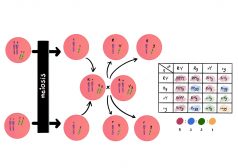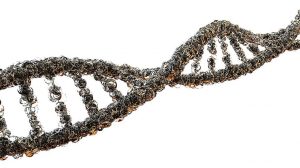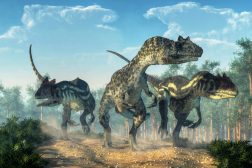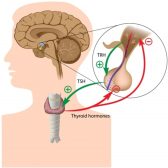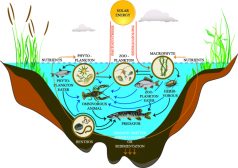Definition
noun
A genus belonging to the family of Ancylostomatidae which is a family of nematodes that includes the hookworms
Supplement
Anyclostoma is a genus that belongs to the family of Anyclostomatidae. Anyclostomatidae is a family of nematodes that includes the medically-important hookworms. Hookworms are parasitic. They attach themselves to the intestinal wall of the host via their buccal cavity. They feed on the blood of the host. The site of entry is an exposed skin of the host, typically the feet. The larvae bore through the skin and make their way to the lungs through the bloodstream. From the lungs, they make their way into the intestines where they will develop into adult hookworms.
The hookworm infestation may be asymptomatic and therefore individuals harboring these worms may act as carriers. Nevertheless, the most common health risk associated with hookworm infestation is anemia. Ancylostoma species have two (e.g. A. duodenale, A. braziliense, and A. ceylanicum) or three (e.g. A. caninum and A. tubaeforme) sets of sharp teeth in their buccal cavity.
Some of the well-known species are as follows:
- Ancylostoma duodenale (commonly infests humans)
- Ancylostoma braziliense (commonly infests cats)
- Ancylostoma caninum (commonly infests dogs)
- Ancylostoma ceylanicum
- Ancylostoma pluridentatum
- Ancylostoma tubaeforme
Scientific classification:
See also:
- nematode
- hookworm
- ancylostomiasis
- Necator
Related term:

